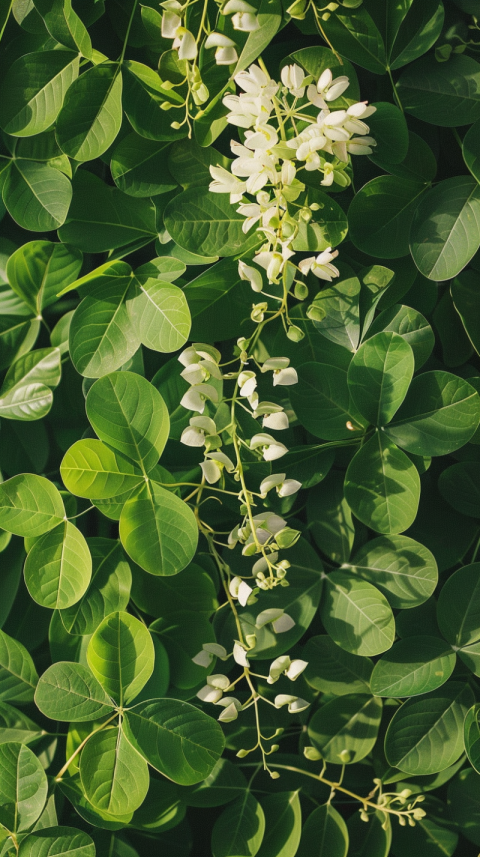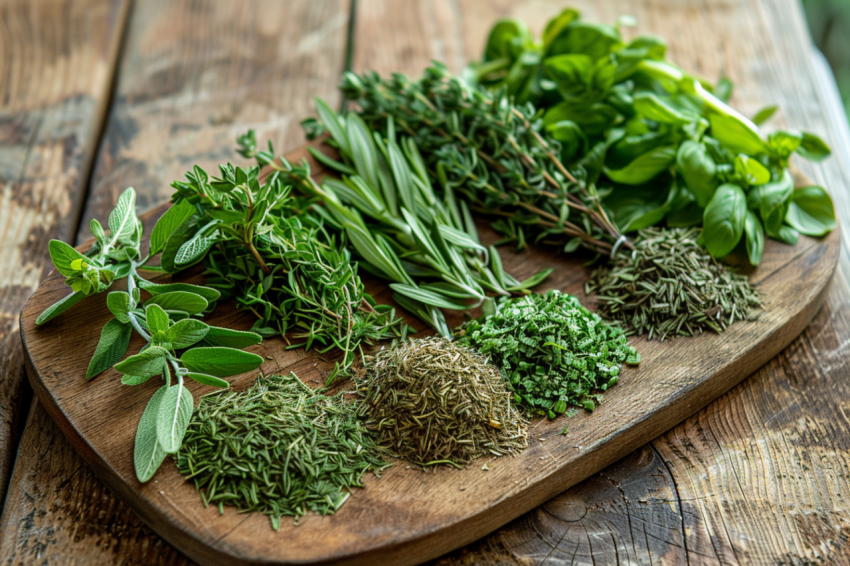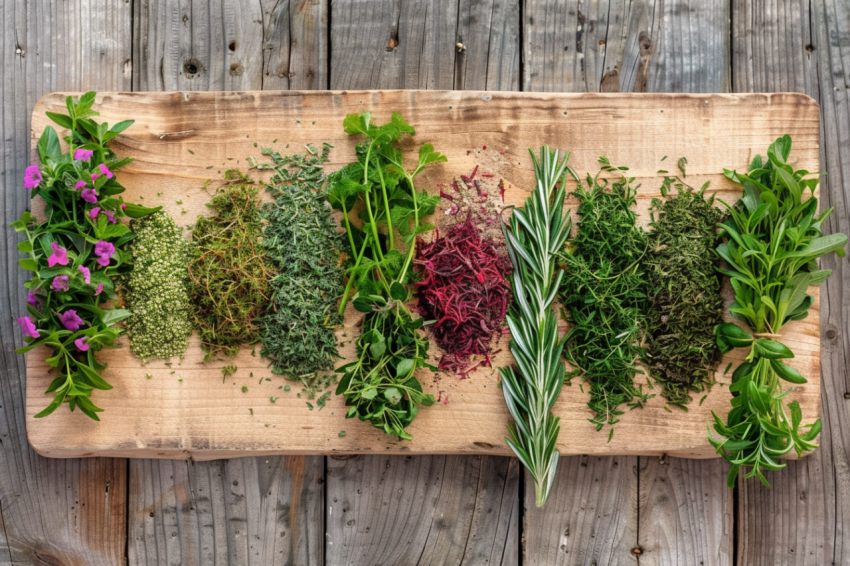











Spices: The Essence of Flavor and Aroma - A Culinary Journey
Spices, aromatic plant-based substances, are the heart and soul of countless cuisines around the world. They have the power to transform ordinary dishes into extraordinary culinary experiences, adding depth, complexity, and a captivating array of flavors and aromas. From the warm embrace of cinnamon to the fiery kick of chili, spices have played a vital role in human history, influencing trade, culture, and the very essence of how we experience food.
1. What are Spices? Defining the Aromatic Treasures
- Spices are typically derived from the dried seeds, fruits, roots, bark, or other parts of plants.
- They are distinguished from herbs, which are generally the leafy green parts of plants used for flavoring.
- Spices are often used in small quantities to add flavor and aroma to food, rather than as a primary ingredient.
- Many spices also have medicinal properties and have been used in traditional medicine for centuries.
2. Aromatic Allure: The Science of Spice Flavor
The captivating flavors and aromas of spices come from volatile oils and other chemical compounds:
- These compounds are often concentrated in the dried parts of the plant, such as the seeds or bark.
- When spices are ground or heated, these compounds are released, creating the characteristic flavors and aromas that we associate with different spices.
- Examples of these compounds include piperine in black pepper, cinnamaldehyde in cinnamon, and eugenol in cloves.
3. A World of Spices: Exploring the Diversity of Flavors
The world of spices offers an incredible diversity of flavors, aromas, and culinary uses:
- Black Pepper: One of the most widely used spices globally, known for its pungent, slightly spicy flavor.
- Cinnamon: A warm, sweet spice derived from the bark of cinnamon trees, often used in desserts and baked goods.
- Turmeric: A bright yellow spice with a slightly bitter, earthy flavor, known for its anti-inflammatory properties.
- Ginger: A pungent and aromatic rhizome (underground stem) with a slightly sweet and spicy flavor, used in both sweet and savory dishes.
- Cumin: An earthy, slightly bitter spice with a warm aroma, common in Indian, Middle Eastern, and Latin American cuisines.
- Coriander: The seeds of the cilantro plant, offering a citrusy, slightly sweet flavor.
- Cardamom: A highly aromatic spice with a complex flavor profile, often used in Indian and Middle Eastern cooking.
- Cloves: The dried flower buds of the clove tree, with a strong, pungent, and slightly sweet flavor.
- Nutmeg: A warm, sweet, and slightly nutty spice, often used in baking and savory dishes.
- Chili Peppers: A diverse group of spices that range in heat from mild to extremely hot, adding a fiery kick to dishes.
- Paprika: Made from dried and ground peppers. It can be sweet, smoky, or hot.
- Star Anise: Star shaped fruit that tastes similar to licorice.
4. The Spice Trade: A Journey Through History
The spice trade has played a significant role in human history:
- For centuries, spices were highly valued commodities, often worth more than their weight in gold.
- The desire for spices drove exploration and trade, leading to the establishment of trade routes between Asia, Europe, and the Middle East.
- The spice trade was a major factor in the rise and fall of empires and the spread of cultures and religions.
- Cities like Venice and Genoa became wealthy and powerful through their control of the spice trade.
- The search for a sea route to the Spice Islands (in present-day Indonesia) led to European exploration of the Americas.
5. Spices in the Kitchen: Culinary Uses and Applications
Spices are essential ingredients in cuisines around the world:
- They are used to add flavor, aroma, and color to dishes.
- Spices can be used in both sweet and savory dishes, from curries and stews to cakes and cookies.
- They can be used whole, ground, or in the form of pastes or blends.
- Different cuisines have their own characteristic spice blends, such as garam masala in India, five-spice powder in China, and ras el hanout in North Africa.
6. Spices and Health: Medicinal Properties and Benefits
Many spices have been used in traditional medicine for centuries and are now being studied for their potential health benefits:
- Turmeric: Contains curcumin, a powerful anti-inflammatory and antioxidant compound.
- Ginger: Known for its anti-nausea and anti-inflammatory properties.
- Cinnamon: May help to regulate blood sugar levels.
- Garlic: While technically a vegetable, it is often used as a spice. It has antimicrobial and antiviral properties.
- Cayenne Pepper: Contains capsaicin which has been shown to help with pain.
7. Storing Spices: Preserving Flavor and Potency
Proper storage is essential to maintain the flavor and potency of spices:
- Spices should be stored in airtight containers in a cool, dark, and dry place.
- Whole spices generally retain their flavor longer than ground spices.
- It's best to buy spices in small quantities and replace them regularly.
8. The Future of Spices
- The global demand for spices continues to grow, driven by increasing interest in diverse cuisines and the health benefits of spices.
- There is a growing movement towards sustainable and ethical sourcing of spices.
- New and innovative spice blends and products are constantly being developed.
Conclusion:
Spices are far more than just flavor enhancers; they are a testament to the rich tapestry of human history, culture, and culinary innovation. From their ancient use in rituals and medicine to their vital role in global trade and modern cuisine, spices have shaped our world in profound ways. Their ability to transform ordinary ingredients into extraordinary dishes makes them an indispensable part of kitchens around the globe. As we continue to explore the vast and flavorful world of spices, we can appreciate their enduring power to tantalize our taste buds, enrich our culinary experiences, and connect us to a rich and aromatic past.
Spices, types of spices, list of spices, spice uses, spice blends, spice trade, history of spices, spice rack, spice storage, ground spices, whole spices, cooking with spices, health benefits of spices, turmeric, ginger, cinnamon, cumin, coriander, cardamom, cloves, nutmeg, chili peppers, black pepper, paprika, where to buy spices, online spice shop, spice shop near me, Indian spices, Middle Eastern spices, Asian spices, spices and herbs, most expensive spices.

